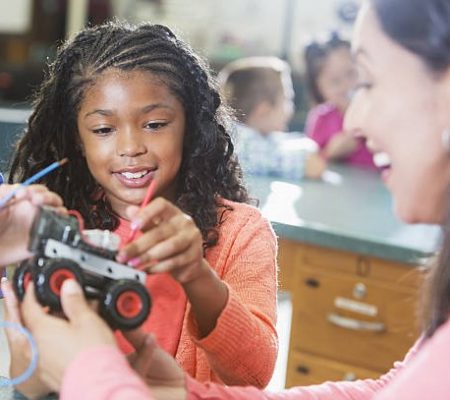
The Next 25 Years Starts with YOU


Re-engineering STEM education for Girls*


Join the Spring 2026 SELC

Our goal is to build equitable systems in STEM education to reach more educators and youth, creating impact that extends for generations.
Techbridge Girls designs and delivers inclusive, culturally-relevant STEM professional development and curriculum for educators and professionals, creating a future in STEM that promotes access, belonging and persistence for underrepresented youth.

Equipping Educators
Educators have a significant impact on the success of young girls* – particularly youth of color. With the power to disrupt inequitable systems and pave the way for the next generation of STEM leaders, our equity curriculum and training equips educators to create an inclusive, safe space where girls* gain a sense of belonging, build their knowledge, and can bring their whole selves to STEM exploration.
Applications Now Open
Now recruiting educators, out-of-school-time (OST) supervisors and administrators that serve programs to Black, Latina and Indigenous girls for the following:
- STEM Equity Learning Community – Spring 2026
Application Deadline: January 30, 2026.
